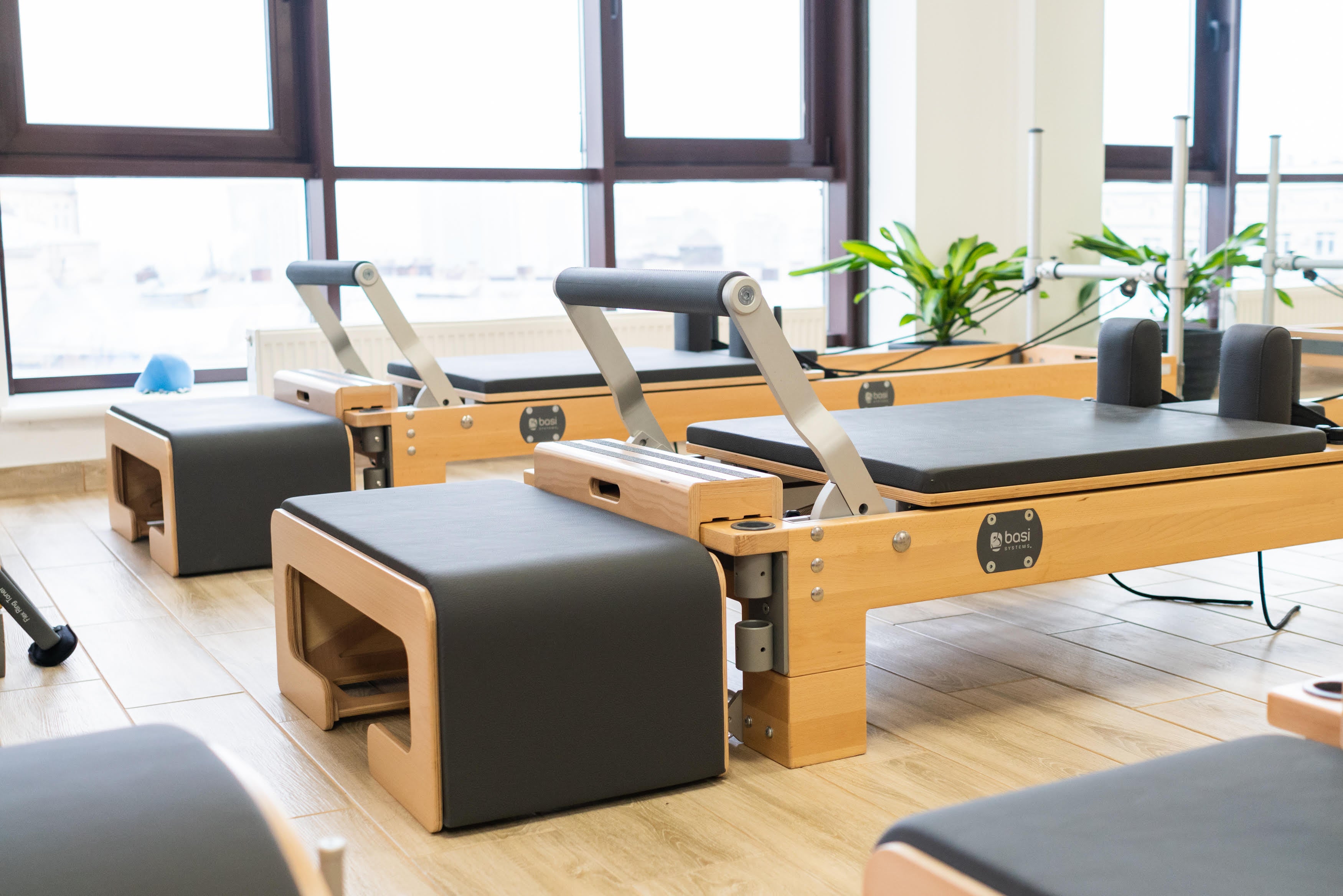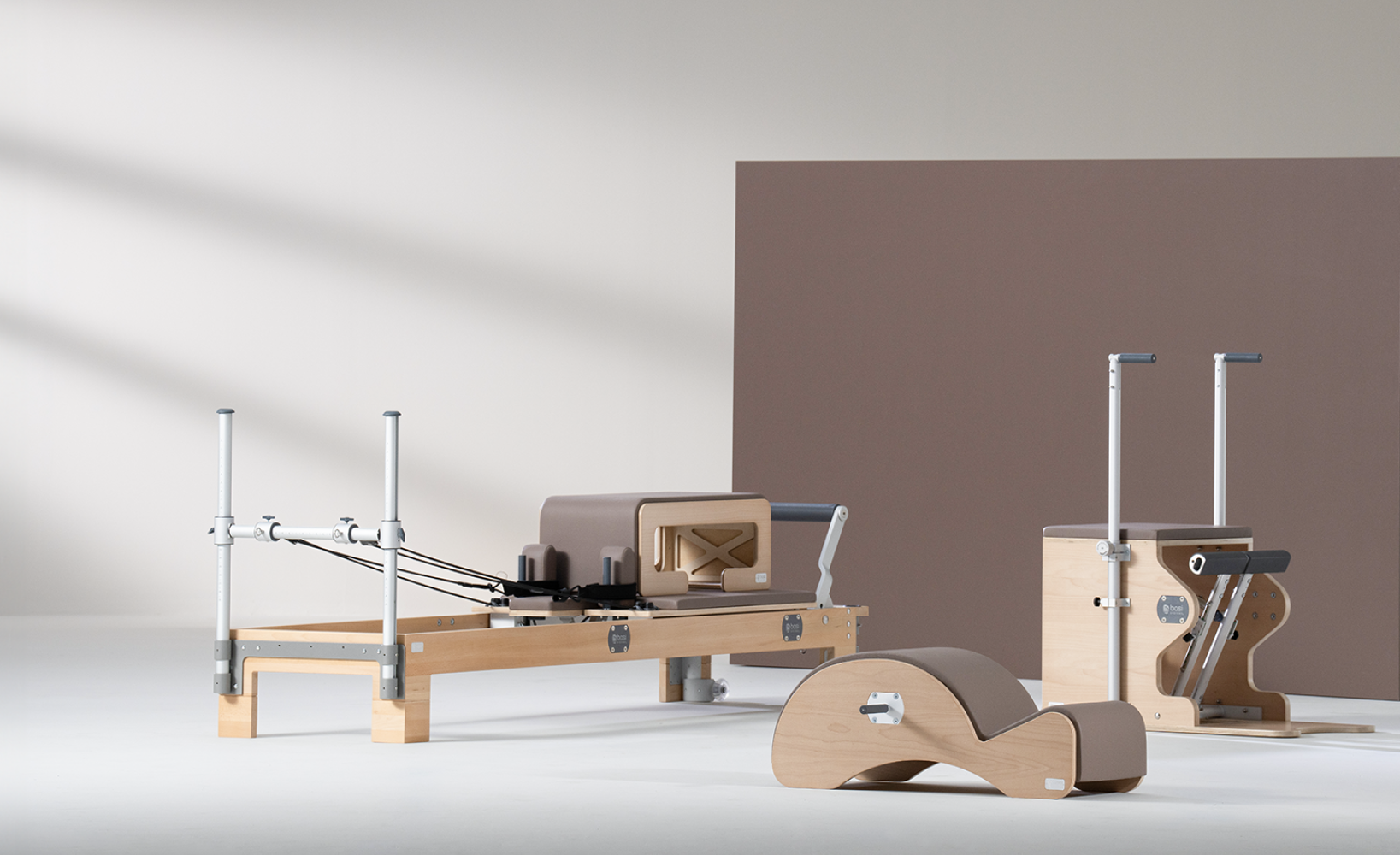A Pilates reformer is not just the most prominent piece of equipment in a studio; it's also often one of the most costly. Proper maintenance is essential to prevent expensive repairs or replacements. This guide will provide you with essential maintenance tips to keep your reformers in peak condition, extending their lifespans.
The Importance of Pilates Reformer Maintenance
Maintaining your Pilates reformer is crucial for several reasons. First and foremost, regular upkeep ensures that the equipment stays in excellent condition, offering effective and comfortable workouts. A reformer in good working order not only enhances client satisfaction but also minimizes studio downtime and helps avoid stagnation in training routines.
Components like wheels, pulleys, and springs are prone to wear and tear from daily use. Ignoring maintenance can lead to malfunctioning parts, which can compromise both performance and safety. A reformer that operates smoothly, without noise or instability, is a sign of well-maintained equipment. Early detection and resolution of any wear and tear can prevent accidents and client dissatisfaction.
Given that a high-quality reformer can be a substantial investment, often costing over $5,000, its maintenance is not just about upkeep but also about ensuring a return on investment for your studio.
Pilates Reformer Maintenance: Key Practices
To ensure your reformer remains in top condition, incorporate these maintenance practices:
Daily Care
After each session, wipe down the reformer’s carriage, footbar and other contact areas with a damp cloth or gentle cleaning solution to remove dust and body oils. Avoid harsh alcohol-based cleaners, bleach or baby wipes as they could damage the vinyl upholstery.
Weekly Inspections
Inspect your reformer’s springs for kinks or gaps each week. If such damage is found, discard and replace the spring immediately. Similarly, inspect your ropes for damage or fraying and replace them immediately if found. Launder any washable accessories, including handles, foot straps, and ankle straps on a gentle cycle and air dry.
Monthly maintenance
Each month, check and tighten any loose nuts, bolts, or screws on your equipment. Wipe down the reformer’s carriage tracks and wheels to keep them free from obstructions and buildup.
Annual Upkeep
Every year, conduct a thorough inspection and deep-clean of your reformer. For safety and performance, it is recommended that you replace all springs after two years, regardless of if they are showing signs of wear. If maintenance or repairs are needed, be sure to use a qualified technician approved by your reformer’s manufacturer.
Avoiding Long-Term Damage
To prevent costly reformer damage, avoid dropping parts, using excessive force, or overloading the equipment. Clean your equipment regularly and replace worn parts promptly with high-quality components from the original manufacturer. Store parts in a clean, dry environment to prevent corrosion and rust.
Invest in Quality with BASI Systems
In addition to keeping a good maintenance schedule, the best thing you can do to ensure your reformers hold up to heavy studio use is to choose an experienced, reputable manufacturer.
BASI Systems’ premium Pilates equipment is designed by professionals, for professionals. Every reformer is crafted by hand using the highest quality materials, including aerospace-grade aluminum, sustainable beechwood, and antibacterial soft-touch vinyl. We back up our products with a 10-year warranty and provide a dedicated customer service representative for your studio to ensure you have easy access to replacement parts and accessories.
Contact us to learn more about bulk orders, financing and more. Or, if you like in the USA, shop our equipment on bodynetworx.com.





Share:
How Does Our Enhanced Pulley System Work?
Feel the difference of BASI Systems Wunda Chair by Amy de Sa - BASI Systems